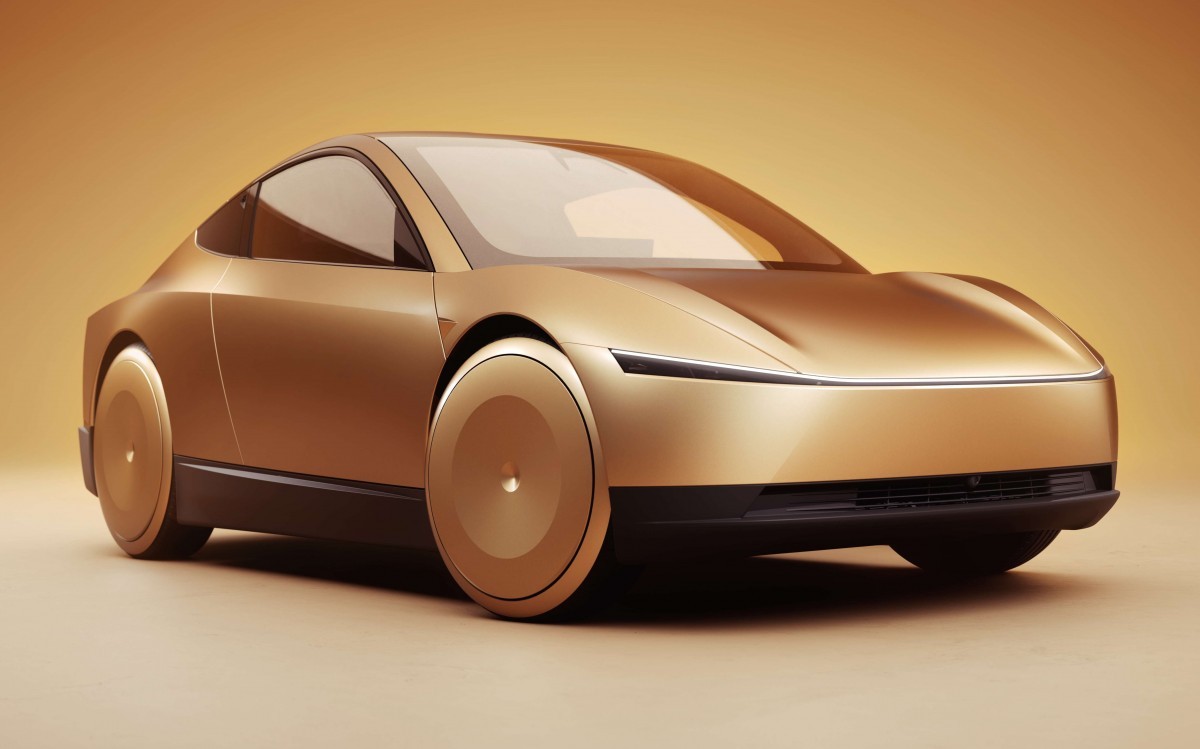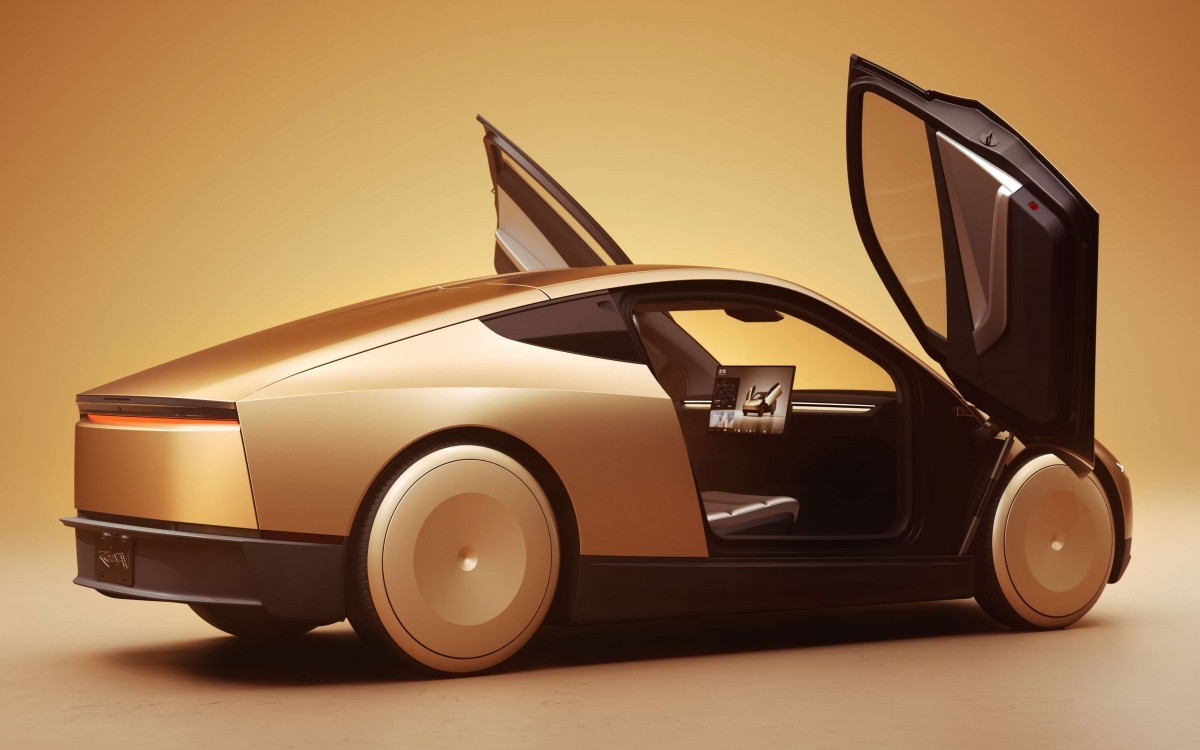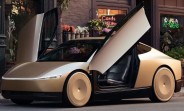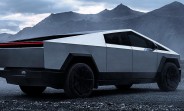Tesla's Autopilot's latest safety report is out, but is it a statistical smokescreen?
Tesla released its quarterly safety report, and the numbers, at first glance, seem impressive. According to Tesla, cars using the Autopilot system drove an average of 7.08 million miles before a crash occurred in the third quarter of 2024. This compares favorably to 1.29 million miles for Tesla drivers not using Autopilot and a dismal 670,000 miles for the average US driver, based on data from the National Highway Traffic Safety Administration (NHTSA).
On the surface, this suggests that Tesla's Autopilot system is a major leap forward in automotive safety. However many experts and industry observers are raising questions about the validity of those claims and the methodology behind the data collection.

One of the primary criticisms is that Tesla's reports lack crucial details. Unlike the comprehensive reports from NHTSA, which include factors like crash severity, causes, and driving conditions, Tesla's reports don't differentiate between fender benders and fatal accidents, nor do they offer insights into whether the crashes were caused by driver error, Autopilot malfunction, or environmental factors.
This lack of transparency makes it difficult to compare Tesla's data with national averages or to draw meaningful conclusions about the real-world safety of Autopilot. For instance, NHTSA data indicates 1.33 deaths per 100 million miles driven, a statistic that Tesla's reports don't even mention. Without comparable data on fatalities, it's impossible to determine whether Autopilot truly contributes to a significant reduction in traffic deaths.
Adding to the skepticism is the fact that Tesla's reports exclude data from their more advanced "Full Self-Driving" (FSD) system, an $8,000 optional add-on that allows for more autonomous driving features. This omission is particularly concerning given that FSD is the technology underpinning Tesla's ambitious Cybercab program, which aims to deploy fleets of self-driving taxis.

The lack of FSD data is even more troubling in light of recent events. Just a week after Tesla unveiled the Cybercab, NHTSA launched another investigation into 2.4 million Teslas following reports of four collisions allegedly involving FSD, including one fatality. This isn't the first time Tesla's autonomous driving systems have come under scrutiny; Autopilot and FSD have been linked to numerous crashes and fatalities over the years.
While Tesla's safety reports may generate positive headlines and bolster the company's image as a technological innovator, the reality is that they raise more questions than they answer. Without greater transparency and more detailed data, it is really difficult to assess the true impact of Autopilot on road safety.
Reader comments
- Anonymous
- mTy
Tesla has a long history of unrealistic claims for its driver assistance and self-driving technologies. It's best to view anything they say as stories intended to boost their share price and look elsewhere for facts (or just look at the history ...





Facebook
Twitter
Instagram
RSS
Settings
Log in I forgot my password Sign up